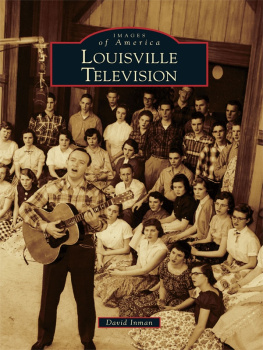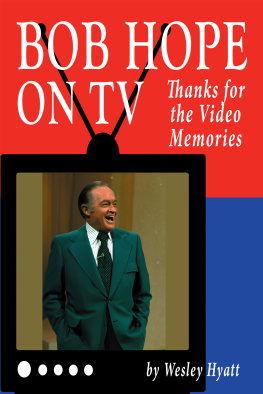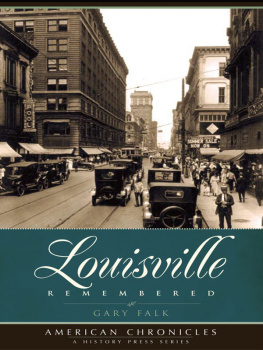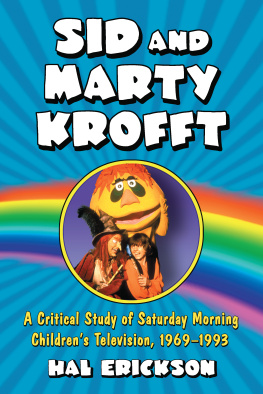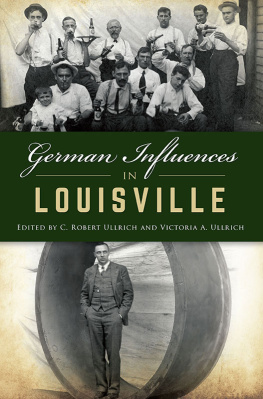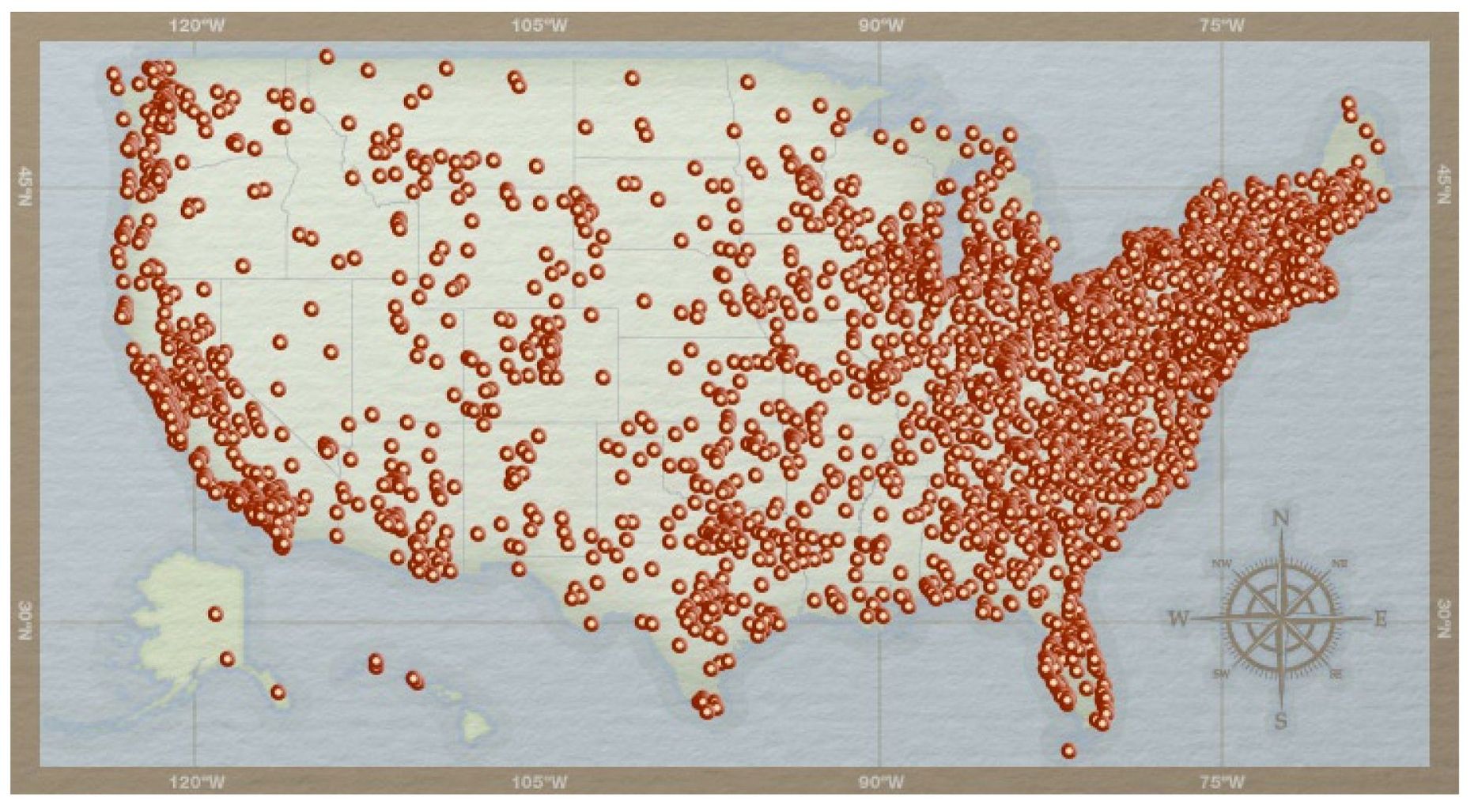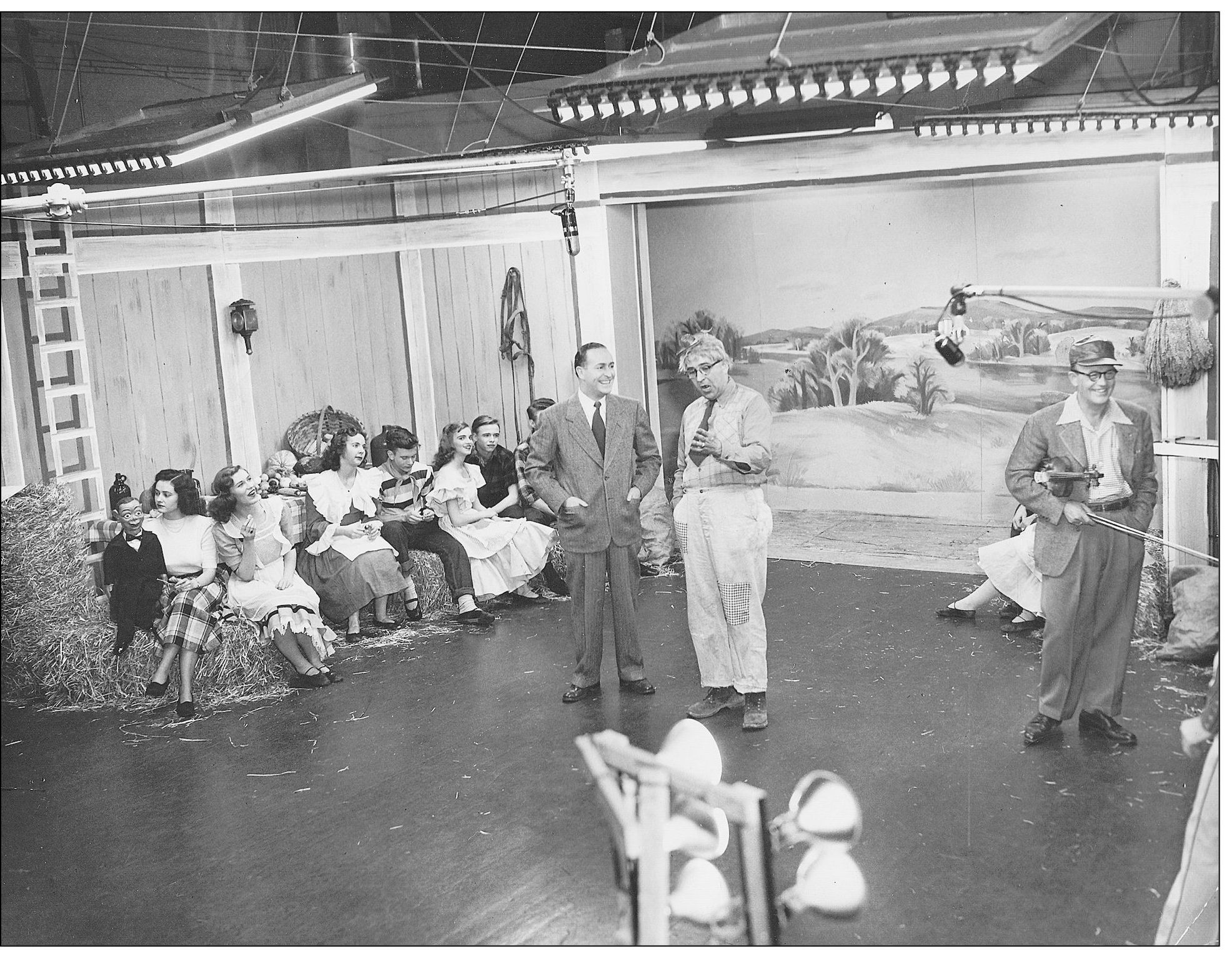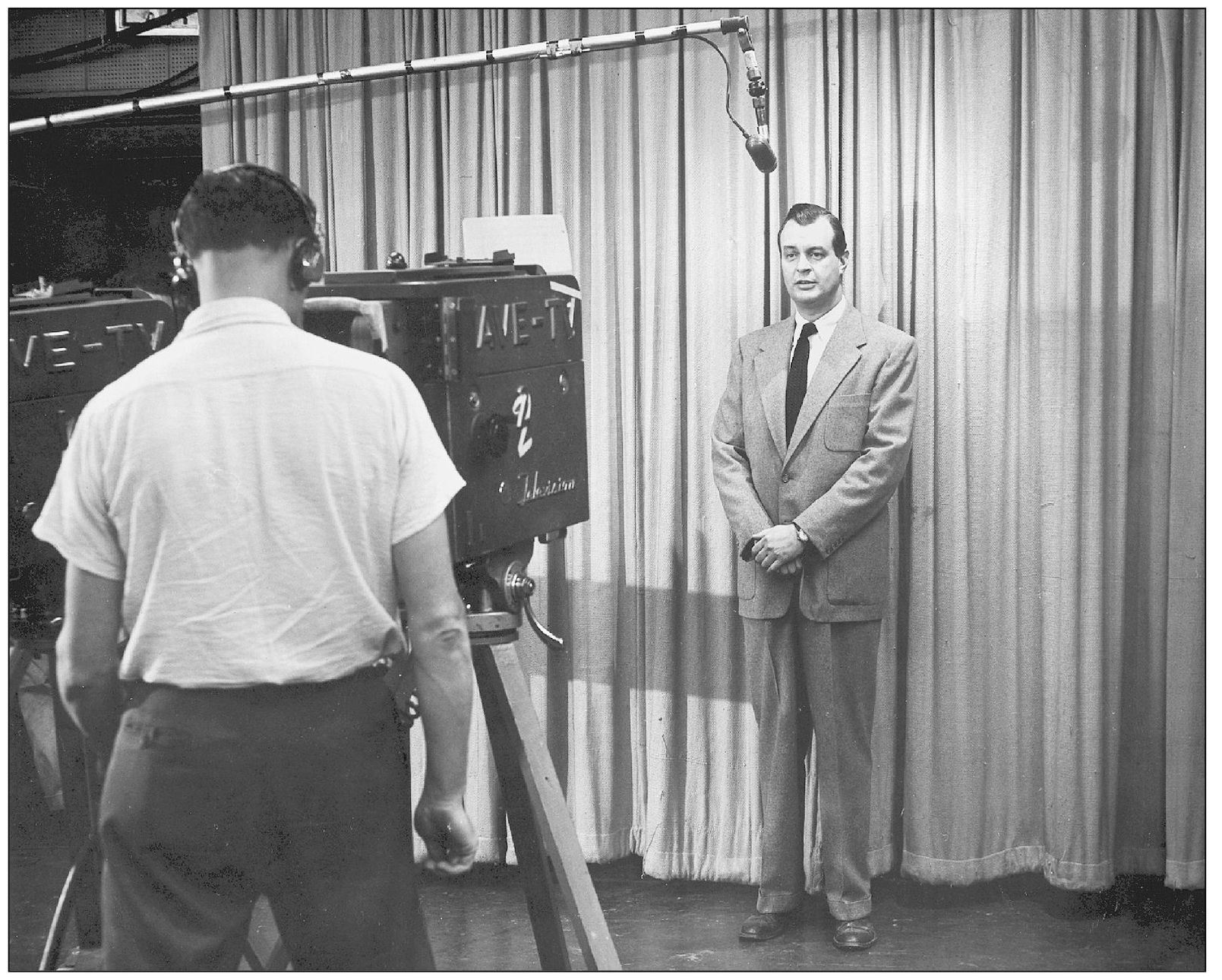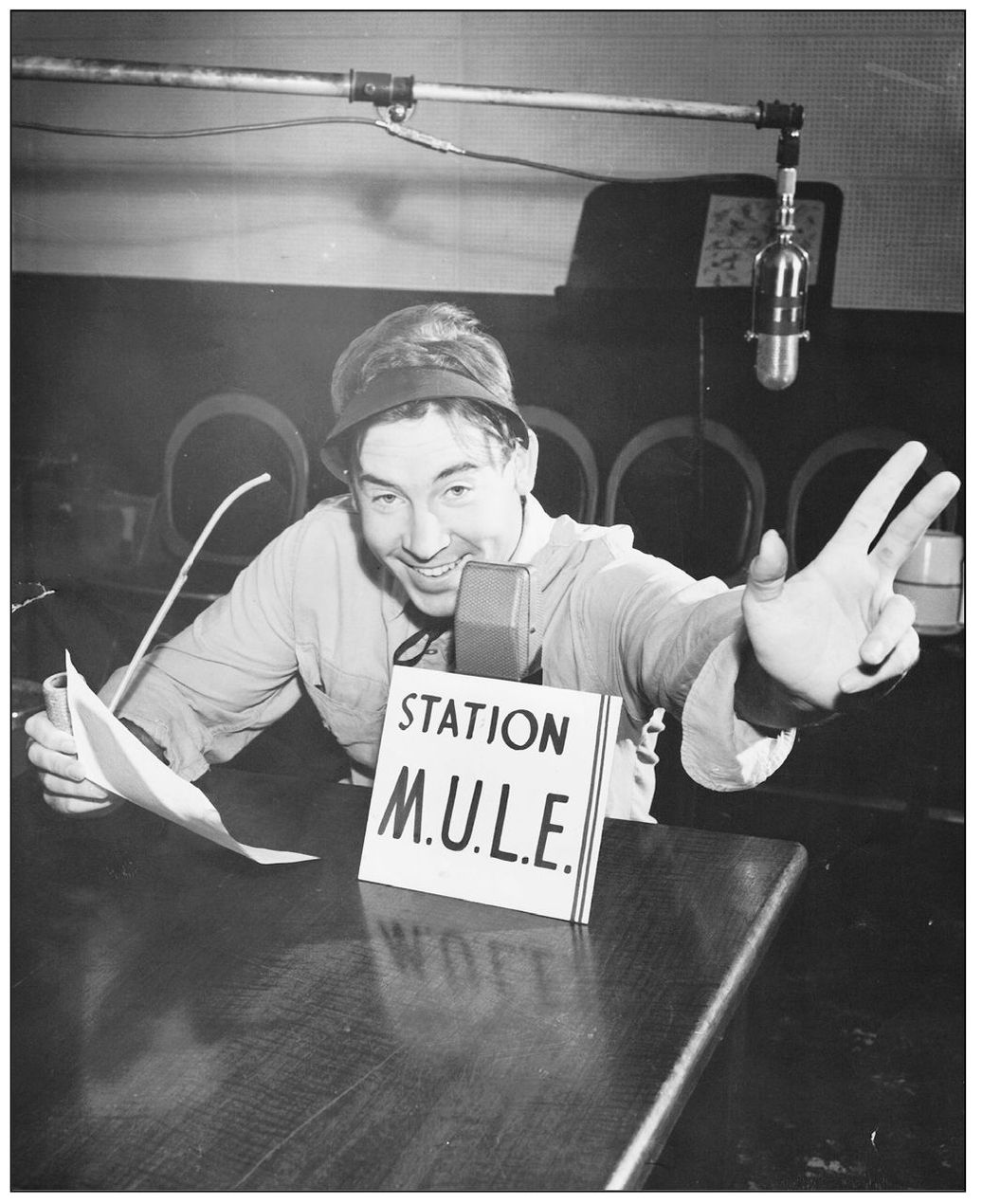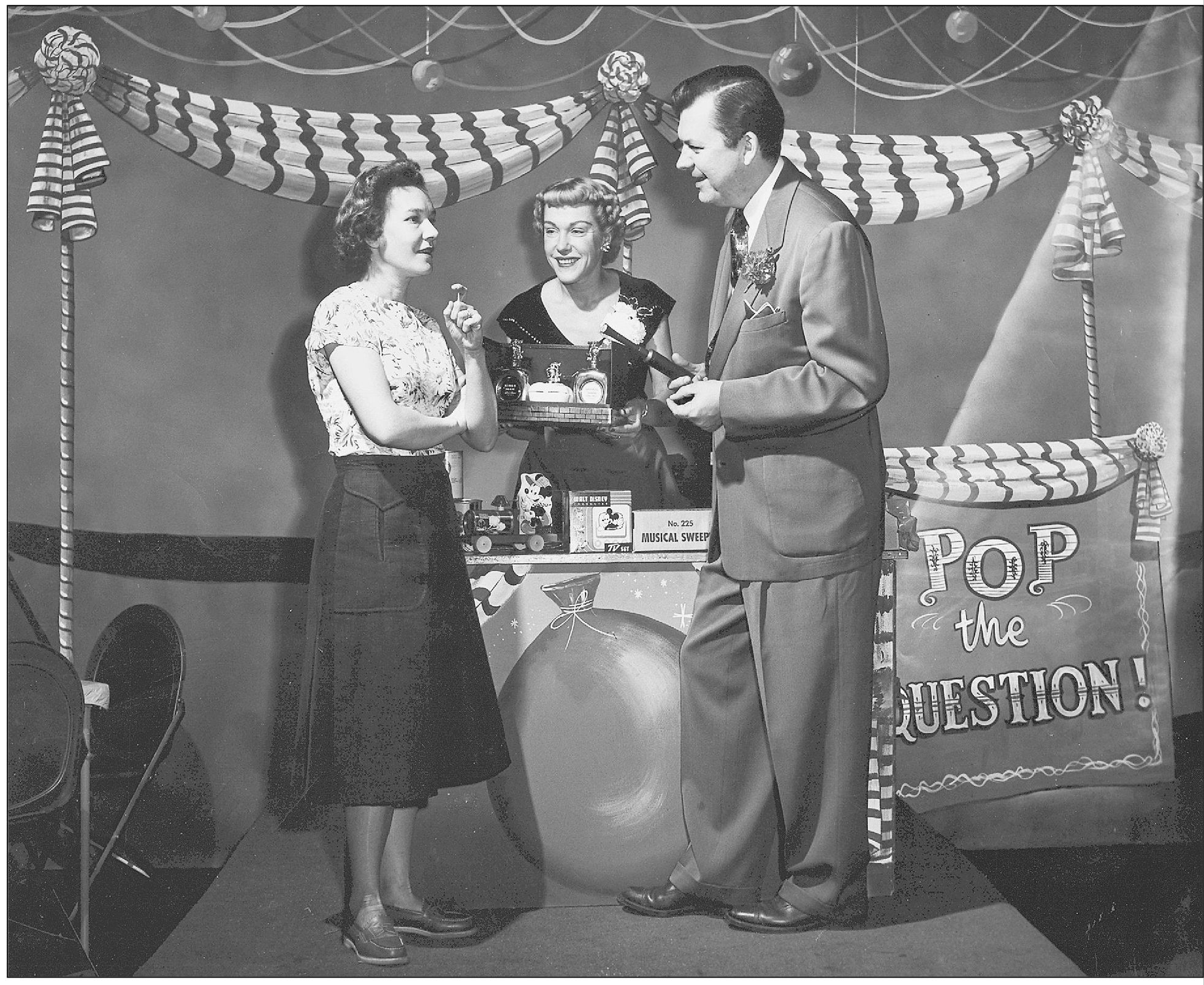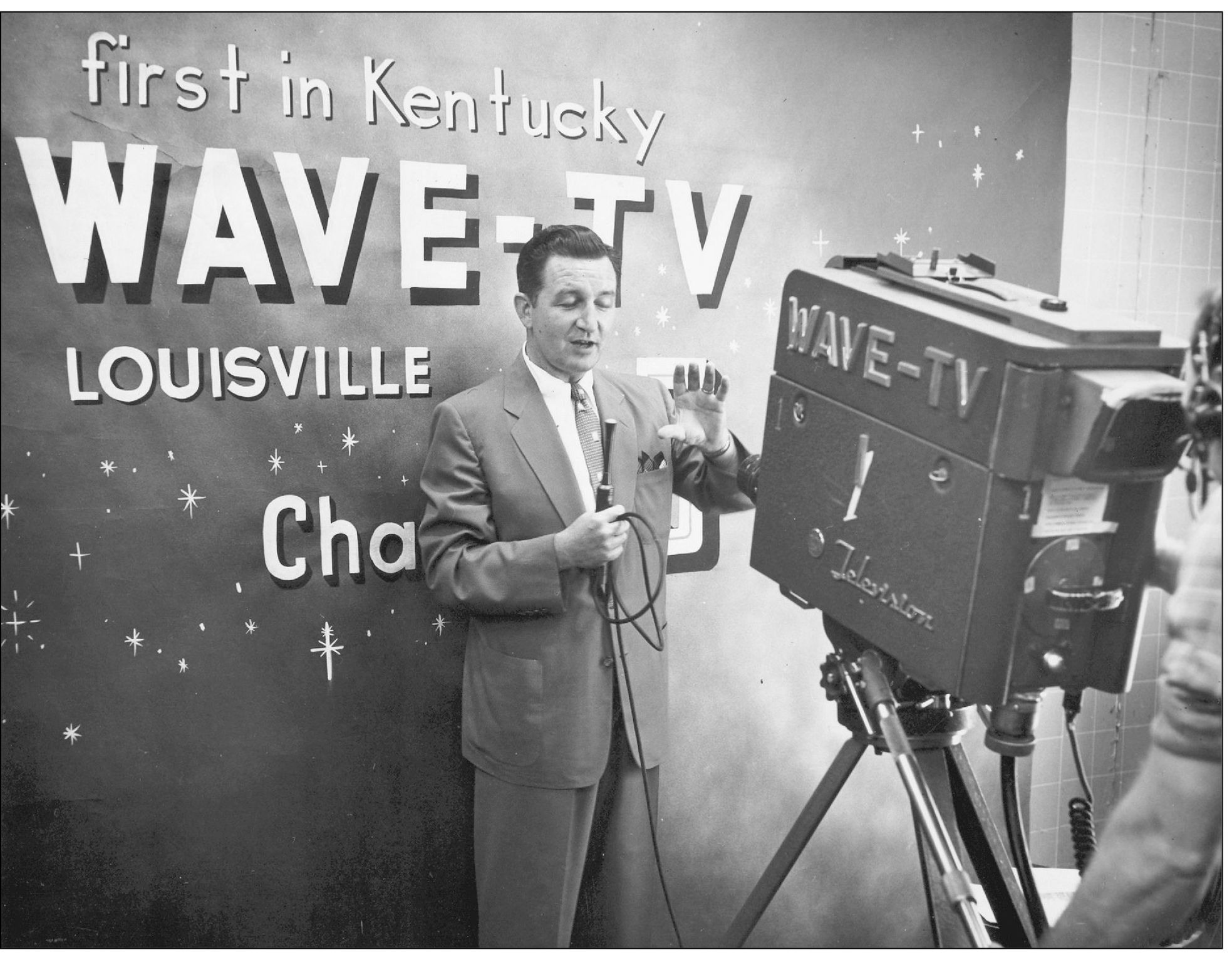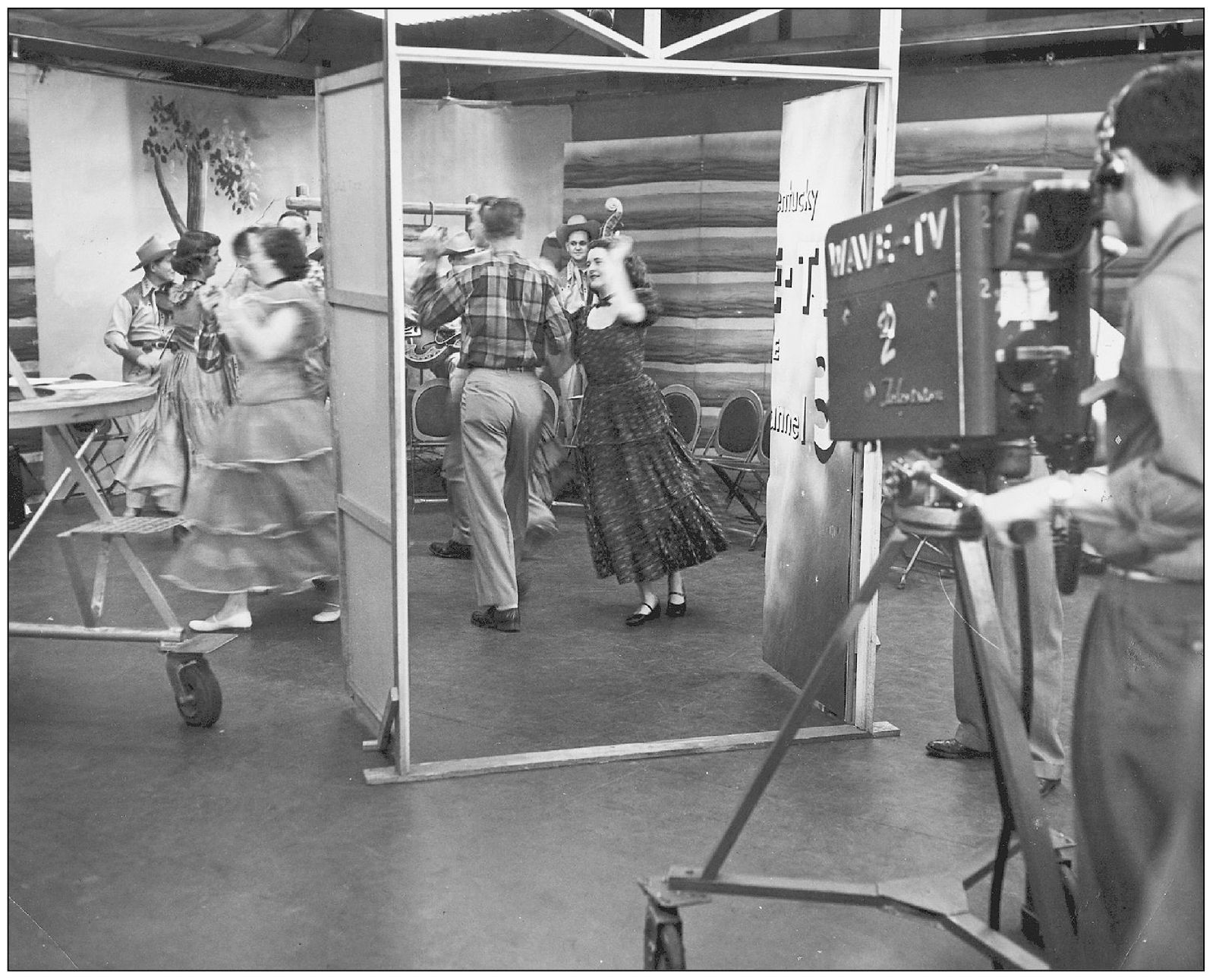One
19481961 ON THE AIR
Louisville television began in a studio on Broadway with singers, dancers, cornpone comics, and Junior, a pop-eyed dummy in a houndstooth jacket. The initial program on WAVE-TV aired the day before Thanksgiving, Wednesday, November 24, 1948.
Louisville became the 22nd American city to begin regularly scheduled television programs, and WAVE was the first television station in Kentucky. Then on the frequency of channel 5, WAVE signed on the air with a lineup including emcee Burt Blackwell, comic O. B. Carpenter, bandleader Clayton Pappy McMichen and his Georgia Wildcats, the Libby Starks square dancers, and ventriloquist Norma Jarboe. Jarboe and her dummy Junior became WAVEs first stars. The success of her appearance on the stations debut show led to her own series, Juniors Club, cohosted by Ed Kallay, who would soon host his own long-running childrens program, Funny Flickers, on WAVE. Junior, meanwhile, soon became the hardest-working dummy in show business. His popularity led to WAVE adding Juniors Sketchbook, Juniors Movie, and Juniors Pet Show to the schedule.
At the time, there were only about 2,000 televisions in town, many of them installed by a team of expertseither from the store where the set was purchased, the factory that made the set, or from WAVE itselfto ensure the best reception.
Because the coaxial cable did not yet stop in Louisville, there were no live network shows. WAVE relied on kinescopes, filmed versions of live shows usually several days old and usually delivered by bus. Since WAVE was the only station in town, it carried programs from all the national networks, including Arthur Godfrey and His Friends and Ed Sullivans Toast of the Town from CBS, Kukla, Fran and Ollie and Perry Comos Chesterfield Supper Club from NBC, and Cavalcade of Stars from the DuMont network.
A little over a year lateron March 27, 1950, to be exactWHAS-TV signed on the air. One of its first shows, T-Bar-V Ranch, would stick around for the next 20 years.
During the inaugural broadcast on WAVE-TV in 1948, director and emcee Burt Blackwell did a routine with comic O. B. Carpenter. Seen at left are other performersventriloquist Norma Jarboe and the Libby Starks square dancers. At right is bandleader Clayton Pappy McMichen. The opening show lineup also included Mary Ann Miller, Bob Reed, Bea Davidson, and students from the Lilias Courtney Dance School.
In the early days of television, announcers did double or even triple duty. Livingston Gilbert of WAVE did everything from live commercials to introducing a movie each day at 4:00 p.m. He is best known, of course, as a WAVE television and radio news anchor, a position he held from 1941 until 1980.
A video version of Ryan Hallorans radio show, Dialing for Discs, was one of the first programs on WAVE-TV. One day, a woman whose grown daughter was recuperating at a nearby tuberculosis sanitarium called the program to say that her daughter had recently given birth but could not see the baby because she was hospitalized. The baby was brought into the station and put on television so the mother could see it.
In the 1960s and 1970s, Rodney Ford was the sedate editorial spokesman for WAVE. But in the late 1940s and early 1950s, he played backwoods comic character Burley Birchbark on WAVE radio and TV.
Rodney Ford (below, seated at left) is Burley Birchbark on a musical show in the early 1950s. Standing with his foot on the barrel is WAVE announcer Bob Kay.
Locally produced programs included newscasts, kiddie shows, musical programs, and even game shows. Rosemary Reddens (center) and Bob Kay were the cohosts of the WAVE game show Pop the Question, which ran from 1951 to 1954.
In 1953, WAVE moved from channel 5 to channel 3 in order to expand its broadcast reach. At the broadcast commemorating the changeover was WAVE staffer Bill Gladden, shown above.

